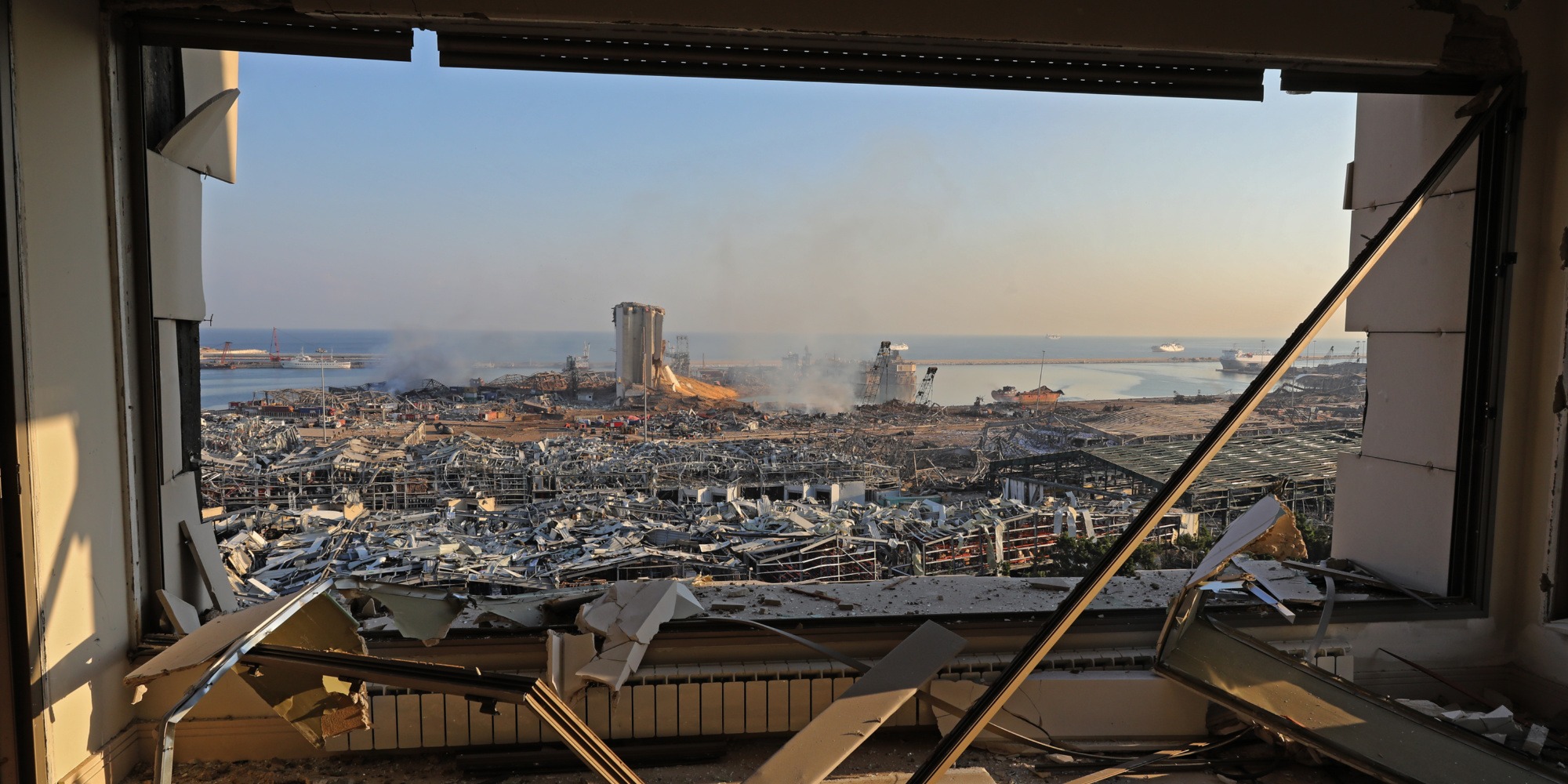The huge explosion at the port of Beirut created a crater 43 meters deep, a Lebanese security source said on Sunday, citing evaluations made by French pyrotechnics experts dispatched to the field.
The explosion on Tuesday left more than 150 dead and 6,000 injured, while dozens of people are still missing. It was caused by the explosion of a warehouse where, according to Lebanese Prime Minister Hassan Diab, 2,750 tonnes of ammonium nitrate were stored for six years "without precautionary measures". The explosion "caused a crater 43 meters deep", according to the security source.
France is providing logistical support to Lebanon with investigative resources and has dispatched police and search teams. Paris has sent medical aid to help the Lebanese in a city where entire neighborhoods have been devastated.
An explosion equivalent to an earthquake of 3.3 on the Richter scale
The Virginia-based American Institute of Geophysics (USGS) said its sensors recorded the explosion as an earthquake of 3.3 on the Richter scale. By way of comparison, the explosion in 1962 of an atomic bomb of 104 kilotons on the nuclear test site of "Sedan" in Nevada (western United States), had dug a crater nearly 100 meters deep .
The spectacular attack that killed former Prime Minister Rafic Hariri in 2005, carried out with a van loaded with explosives, left a crater at least ten meters in diameter and two meters deep, according to the Tribunal's website special international (TSL).
On Saturday, thousands of protesters angry at the ruling class accused of corruption, incompetence and neglect after the explosion, briefly stormed ministries and marched through downtown Beirut to cry for revenge. They brandished makeshift gallows symbolizing rage against the leaders.

